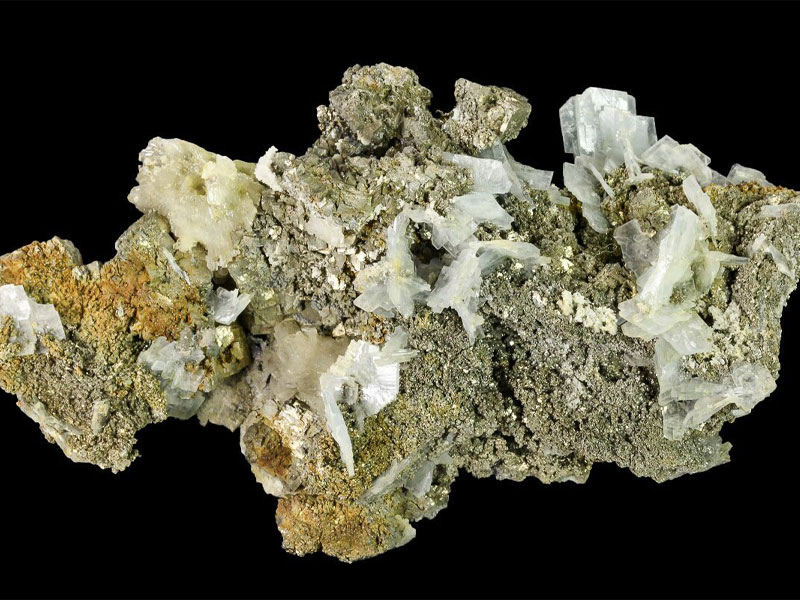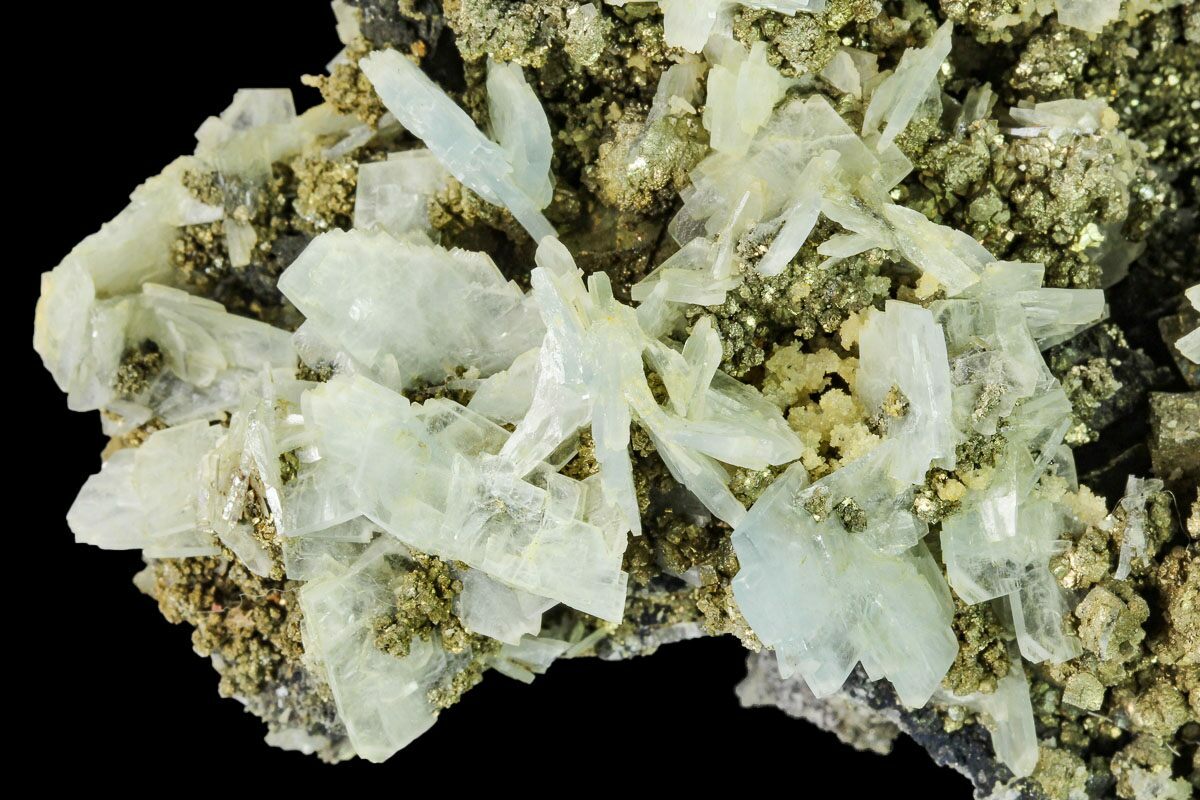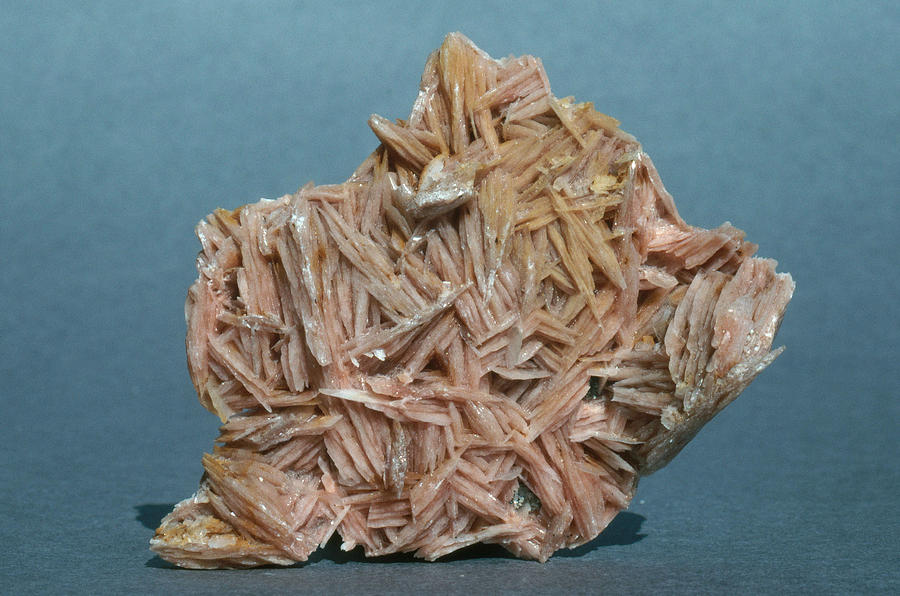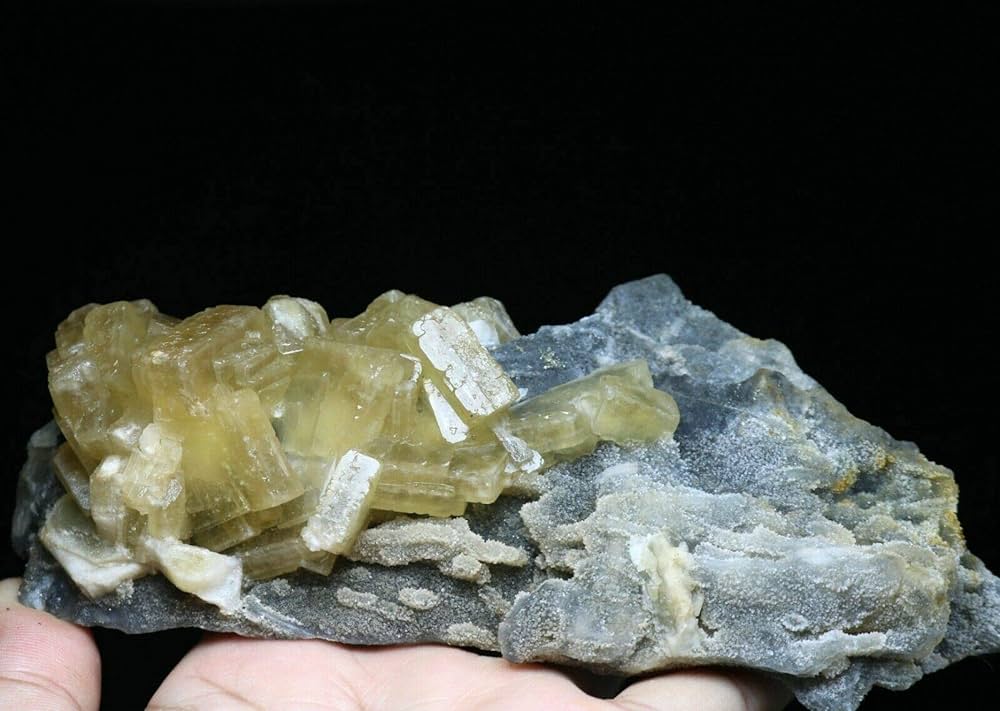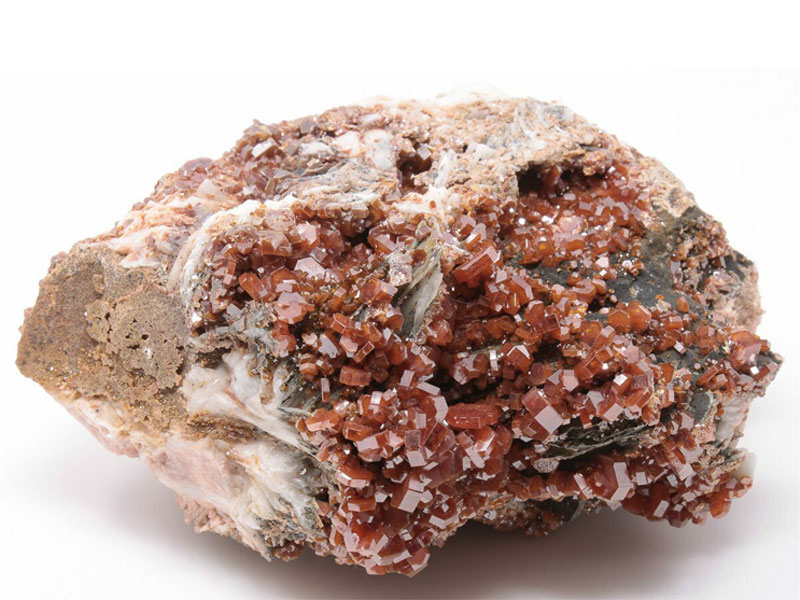What Is Mineral Barite?
Barite, also known as baryte, is a mineral composed primarily of barium sulfate (BaSO4). It often crystallizes in the form of massive or tabular structures and can be colorless, white, light shades of blue, green, yellow, or grey. Barite derives its name from the Greek word “barys,” which means heavy, reflecting its high density.
Formation of Barite
Barite is typically formed through the interaction of barium-bearing solutions with sulfate compounds in sedimentary rocks. These solutions are often associated with hydrothermal activities, which facilitate the deposition of barite crystals over time.
Read More: Kaolin
Physical Properties
Barite is renowned for its unique physical properties. It boasts a high specific gravity, making it one of the heaviest non-metallic minerals. Its non-metallic nature also means that it is not a conductor of electricity, which makes it valuable in various applications.
Geological Occurrence
Barite is commonly found in sedimentary rocks, especially in limestone, dolostone, and shale. It can form in a variety of geological settings, from deserts to underwater seamounts.
Industrial Uses of Barite
Barite has a multitude of industrial uses, from its role in the oil and gas industry to its presence in paints, ceramics, and even the medical field.
Barite in the Oil and Gas Industry
Barite is employed as a weighting agent in drilling fluids, aiding in the drilling of oil and gas wells. Its high density helps to control pressure and prevent blowouts during drilling operations.
Environmental Impact
The mining and extraction of barite can have environmental consequences, such as habitat disruption and soil erosion. It’s crucial to manage these activities responsibly to minimize their impact.
Read More: Wikipedia
Mining and Extraction
Mining barite involves extracting it from veins or beds in sedimentary rock formations. Once extracted, it is processed into various industrial grades.
Barite as a Weighting Agent
The importance of barite as a weighting agent in drilling fluids cannot be overstated. It ensures the safety and efficiency of drilling operations worldwide.
Barite’s Role in Healthcare
In the healthcare industry, barium sulfate, a derivative of barite, is used in diagnostic medical imaging, particularly in barium swallow tests and X-ray examinations.
Barite in the Art World
Artists have long been fascinated by barite’s stunning crystals and their intricate formations. It has become a popular choice for sculptures and decorative objects.
Barite Deposits Worldwide
Barite deposits are scattered across the globe, with significant reserves found in countries like China, India, Morocco, and the United States.
The Future of Barite
As industries and technologies evolve, barite will continue to play a pivotal role in various sectors. Its unique properties ensure it remains in high demand.
Read More: Bentonite
Conclusion
In conclusion, mineral barite stands as a testament to nature’s remarkable diversity and utility. Its extraordinary physical properties, geological occurrence, and diverse applications make it a mineral worth exploring and preserving.

